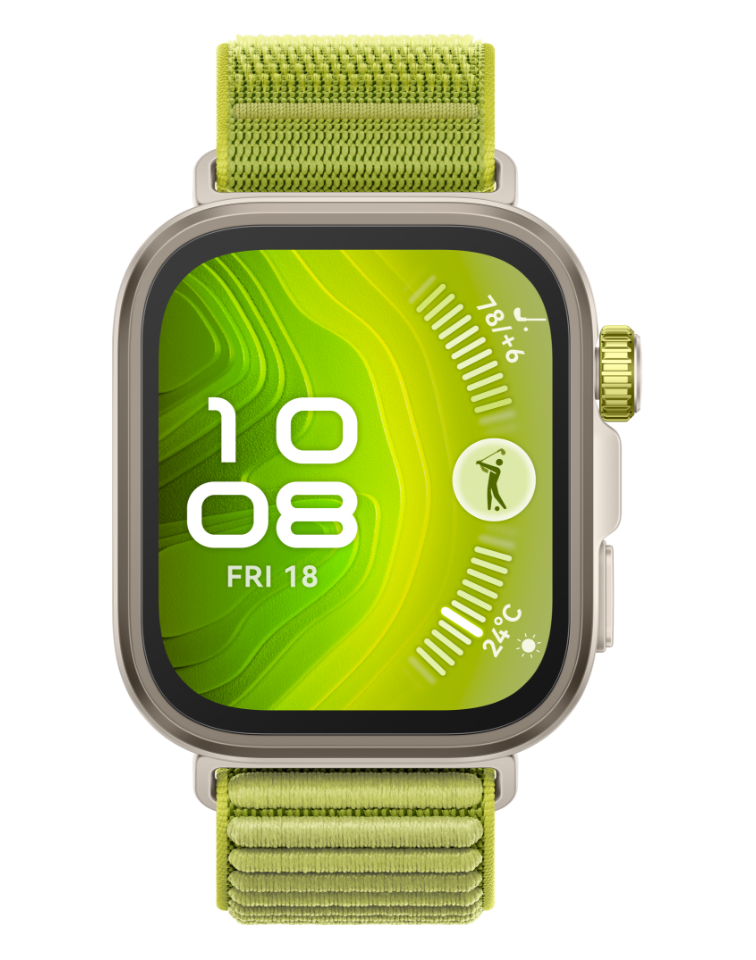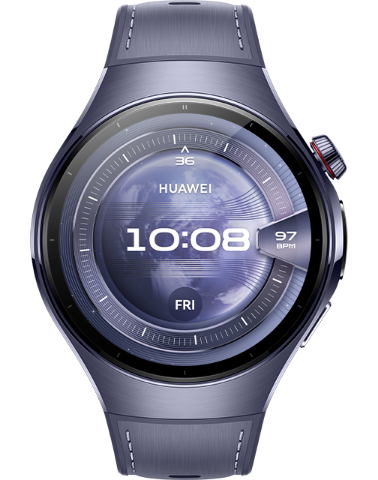Photos have image noise, look washed out, or are overexposed
Applicable products:
Tablet,Smartphone
Applicable system:
Unrelated to OS version
Applicable products:
Applicable system:
These are your search results, please select one
No results found, please select again
| Photos have image noise, look washed out, or are overexposed |
Problem:
Photos taken at night have low brightness due to the low amount of ambient light available and suffer from image noise (photos look grainy). Photos taken with backlight are overexposed.
Cause:
- The image noise is the result of your phone increasing the ISO sensitivity of the camera to allow it to capture image details in low light. This is normal and is something that happens with all modern smartphone cameras. However, increasing the ISO sensitivity causes a type of image artefact called image noise to appear on your photos, which makes them look grainy.
- When photos are being taken in the dark using the rear camera, your phone will automatically increase the ISO sensitivity to capture more light. This will cause photos to look washed out and have increased image noise.
- When shooting with the sun or other light source behind the subject, too much light may enter through the lens. The result may be an overly bright photograph with significantly reduced contrast.
Solution:
- When using the front camera to take selfies or make a video call, do so in a location with sufficient light and at angle that illuminates your face. It is also recommended that you enable the automatic light supplementation feature by touching the
 icon in the upper left corner of your screen.
icon in the upper left corner of your screen. - When using the rear camera to shoot photos in the dark, it is recommended that you enable Night shot mode. This mode helps sharpen image details and improve brightness and colour to produce crisp, vivid images. Use a tripod in Night shot mode to better stabilise your phone, preventing photos from being blurry.
- When shooting with backlight, adjust the shooting angle to change the angle of the incident lens so that the strong light source is not directly shot into the lens. Alternatively, use your hand or other objects to block the light.

Thanks for your feedback.



